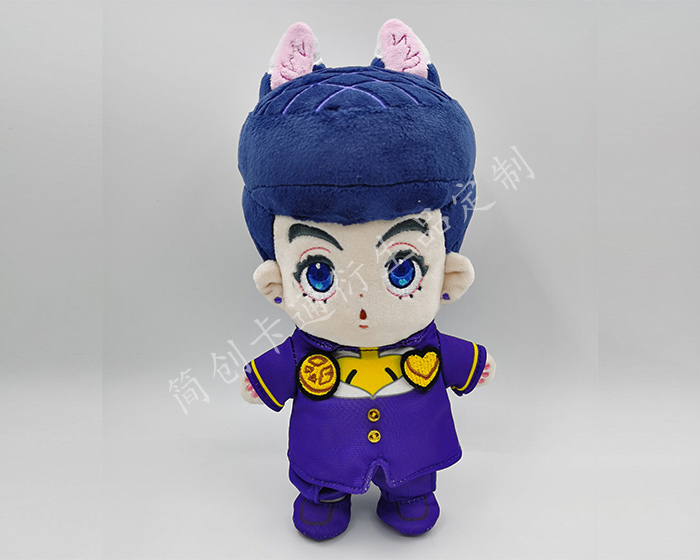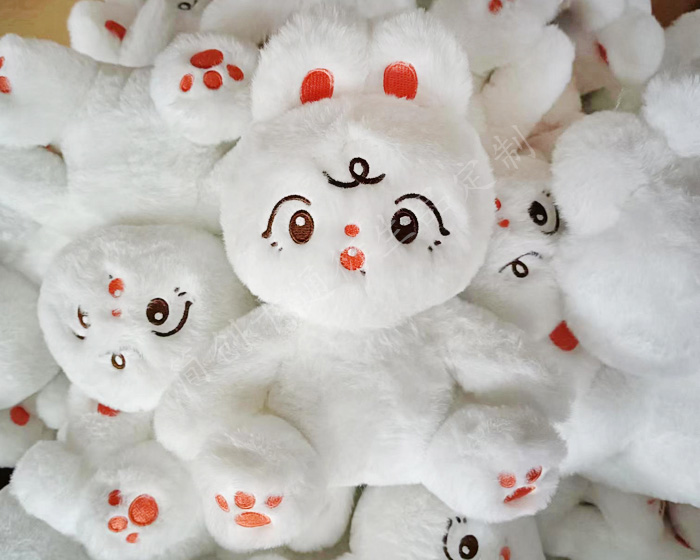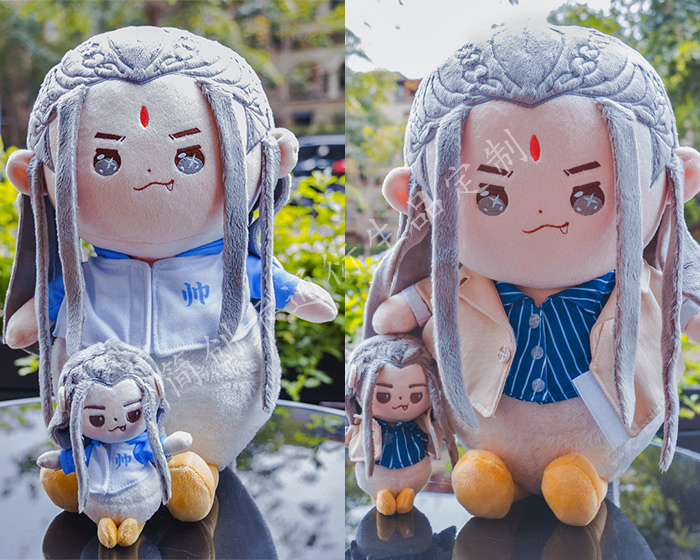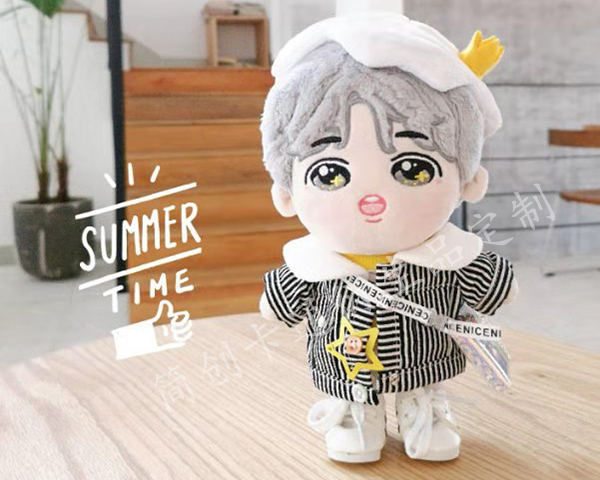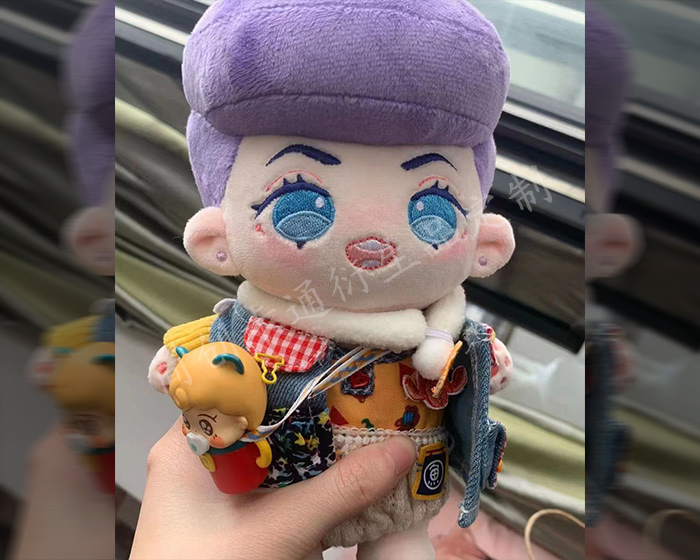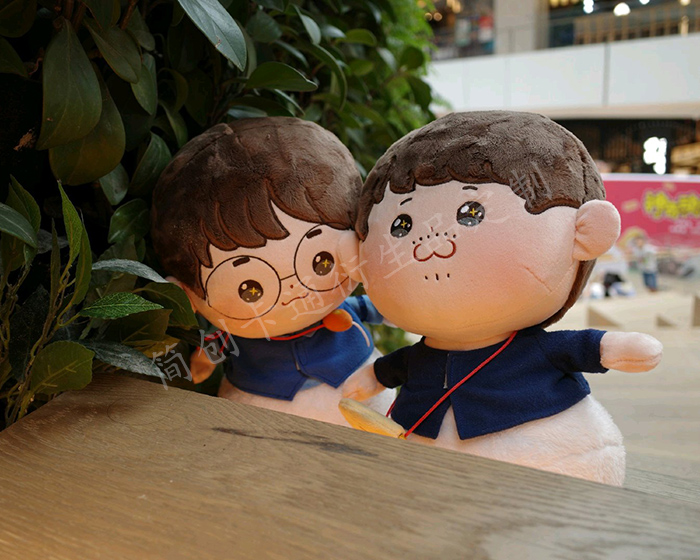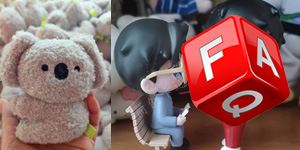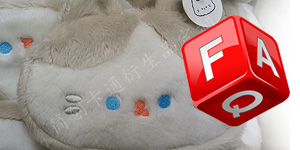stuffed animals beloved by children and often kept for years, can harbor bacteria that pose health risks. Understanding how long bacteria can live on these toys is crucial for maintaining a safe and hygienic environment.
Bacterial Survival on Fabric
The lifespan of bacteria on stuffed animals largely depends on the type of bacteria, the material of the toy, and environmental conditions such as humidity and temperature. On fabric surfaces, bacteria can survive for varying durations. For instance, common bacteria like Staphylococcus aureus can remain viable for several days. In contrast, Escherichia coli may only survive for a few hours to a couple of days, depending on moisture levels and other factors.
Factors Influencing Bacterial Survival
-
Material Composition: Stuffed animals are often made from different materials, such as cotton, polyester, or blends. Synthetic fibers may provide a less hospitable environment for bacteria than natural fibers, affecting survival rates. Additionally, the plush texture can trap moisture, which is conducive to bacterial growth.
-
Environmental Conditions: Bacteria thrive in warm, moist environments. High humidity and warmer temperatures can extend bacterial survival. For example, a stuffed animal left in a humid room may harbor bacteria longer than one kept in a dry, cool space.
-
Type of Bacteria: Different bacteria have varying survival capabilities. Pathogens like Salmonella and Listeria monocytogenes can survive on surfaces for days to weeks under favorable conditions. In contrast, non-pathogenic bacteria typically have shorter lifespans on toys.
Health Implications
The presence of bacteria on stuffed animals can pose health risks, especially for young children, who are more susceptible to infections. Toys can be a source of cross-contamination, particularly if they come into contact with contaminated surfaces or hands. Common illnesses associated with bacteria include gastrointestinal infections and skin infections, which can arise from handling contaminated toys.
Cleaning and Maintenance
To mitigate the risks posed by bacteria on stuffed animals, regular cleaning is essential. Washing stuffed toys in hot water and allowing them to dry thoroughly can significantly reduce bacterial load. Machine-washable stuffed animals can typically be cleaned every few weeks, while non-washable ones should be spot cleaned and disinfected as needed. Additionally, using fabric sprays designed to kill bacteria can provide an extra layer of protection.
Conclusion
In summary, bacteria can survive on stuffed animals for hours to days, influenced by factors such as the type of bacteria, the material of the toy, and environmental conditions. Understanding these dynamics highlights the importance of regular cleaning and maintenance to ensure a safe play environment for children. By taking proactive measures, caregivers can help protect children from potential infections linked to contaminated stuffed animals.
Some examples of plush toys we customize
The following are some examples of plush toys that our factory customizes for customers. Check out if there is one that you like best.
-
Custom Animal Plush
-
Cute Plush Doll
-
Custom Stuffed Animals
-
Plush Toy
-
Plush Dolls
-
Custom Stuffed Dolls
-
Custom Plush Toy
-
Cotton Dolls
-
Weighted Plush Toys
-
Cute Stuffed Animals
-
Custom Pet Stuffed Animal
-
Warmies Stuffed Animals
-
Weighted Stuffed Animal
-
Soft Toys
-
Plush Stuffed Doll
-
Custom Stuffed Dolls
-
Plush Maker
-
Bear Stuffed Toy
-
Anime Plush
-
Custom Stuffed Animal
-
Anime Plush
-
Custom Plush Toy
-
Personalised Stuffed Animal
-
Plush Animal Toys
-
Custom Plush Makers
-
Custom Plushies
-
Toy Manufacturer
-
Rag Doll Making
-
Custom Toys
-
Dog Plush Toys
-
Custom Rag Doll
-
Stuffed Animals
-
Custom Plush
-
Custom Plush Dolls
-
20cm Cotton Doll
-
Jojo Plush
-
Custom Doll
-
Jojo Doll
-
Large Plush Toys
-
15cm Cotton Doll
-
Dumpling Plush
-
Cotton Doll








